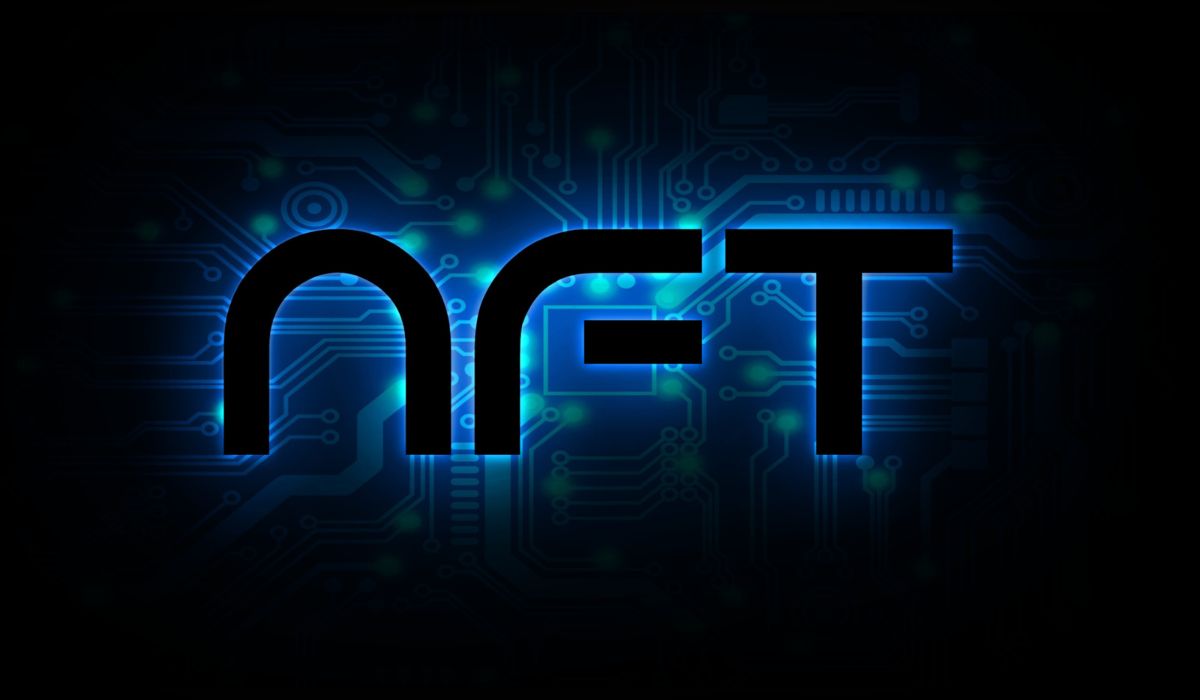What is NFT Minting and how do you mint your first non-functional token?

   
If you’ve been reading about NFTs lately, you’ve probably seen the term “coining” more than a few times. Is it similar to mining? How are NFTs minted? These are just some of the questions we will explain in this article. Let’s start with the basics.
What is NFT and what is NFT Minting?
An NFT is a non-fungible token, a digital asset that cannot be replaced by another asset – it is unique. That’s why the technology behind NFTs was often used to create digital art.
If you are a digital artist, you want to make your art unique by putting it on the blockchain and giving it a stamp to introduce it to the world of digital ownership. This process is precisely what NFT embossing is all about. In other words, you have to “tokenize” your artwork, and whoever buys it will become its sole owner.
This is how many NFT marketplaces currently work. They allow artists to turn their artwork into non-fungible tokens and sell them, while interested parties can buy and trade them on. Of course, artists usually receive commissions when their art is sold, and some have built a fortune this way.
But NFT mining goes beyond that, as it puts all forms of digital data into digital assets that are recorded on the chain. For example, Maincard allows fantasy sports fans to buy NFT cards and make predictions about upcoming sports matches, which is quite a creative use of NFT technology. In other words, Maincard lets you stamp something that is not a work of art, but rather sports-related collections. Other items that can be stamped include in-game items, songs, tickets to various events and much more.
   
How long does it take to Mint an NFT?
Suppose you are an artist who wants to turn your artwork into a non-fungible symbol. How is it done and how does it work? This process is relatively simple, but it is not easy to predict how long it will take.
First, you need to join an NFT marketplace. To do that, you need to install a wallet, Metamask being the most popular option. A wallet allows you to connect to a marketplace and start the minting process, which usually includes submitting your digital content and converting it to an NFT. For example, if you want to emboss a piece of visual art, you need to provide a high quality PNG, JPG, GIF or whatever format is requested. Next, fill in the information, including a title and subtitle, description, royalty information, and more.
Once the information is submitted, the NFT Marketplace will add it to the list of available NFTs, but your journey doesn’t end there. Thousands of people submit their art this way and make NFTs. Therefore, you need to make sure that relevant people notice your art by advertising it on social media or listing it as a digital item on related e-commerce sites.
Please note that your NFTs will be purchased using cryptocurrencies. For example, if you join the OpenSea marketplace based on the Ethereum blockchain, you will be paid in ETH.
What should you consider when trading an NFT?
The process of minting NFTs varies depending on the blockchain platform you choose. The current most popular ones include Ethereum, Polkadot, Binance Smart Chain, Tron, Eos and others, so be sure to explore the pros and cons to choose one that meets your needs. Ideally, you should choose an NFT marketplace with reasonable fees and a well-established ecosystem.
Final thoughts
To summarize, minting NFTs is not rocket science and can help talented individuals and organizations monetize their creations. Therefore, if you think you might be able to create a token that can generate profits, it has never been easier to join an NFT marketplace and create your first non-fungible token.
NFTs are primarily used for digital art, but the technology behind them has paved the way for many other uses, solving the problem of digital ownership. Even if you are not a creator, you can always be on the other side of NFTs – the one who collects them and ultimately invests in them.


